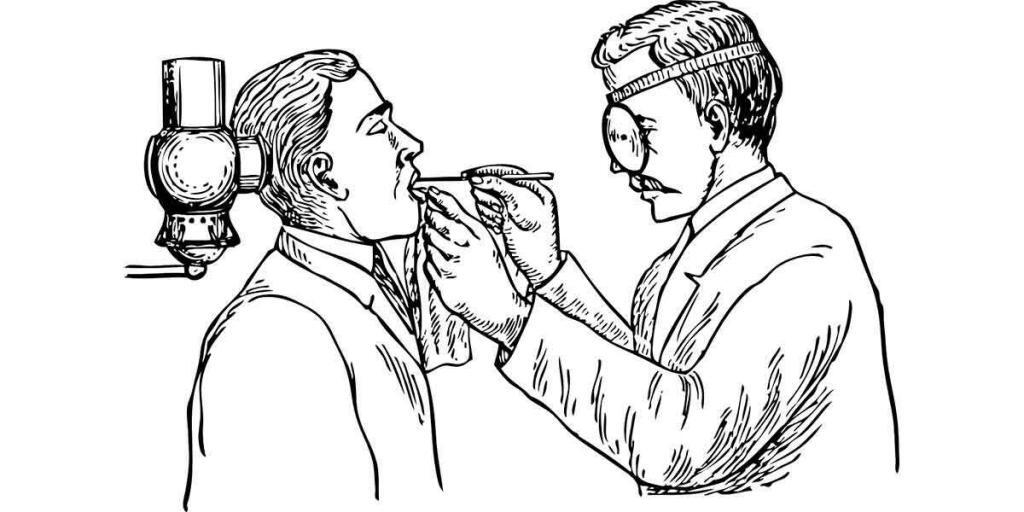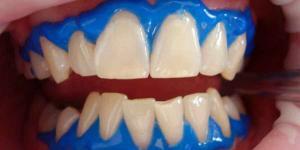Once you decide to have dental implant surgery, you will go through various phases. These phases will usually occur at the dentist’s office. Let us look at what happens.
Pre-diagnosis
This is where the dentist and his team determine whether you are a right candidate for dental implants. The diagnosis usually occurs during the initial appointment using radiographs and a visual exam.
The diagnosis is usually ideal for case analysis to develop a treatment plan. The first contact with the team is usually via phone or email, or any other means.
The dentist assistant will guide you through an educational process to allow you to decide on the treatment. The assistant then schedules an exam that involves x-rays, radiographs, and other forms of imaging. The assistant uses a preprinted form to gather the required information.
Using the results, the dentist will examine the area of concern and determine if the case can be treated using an implant. The dentist then calls for more diagnostic information, after which he asks you permission to proceed to install Brooklyn dental implants.
Diagnostic Impressions
Apart from the radiographs, the dentist needs mandibular and maxillary impressions using vinyl material. The vinyl can capture the details needed for diagnosis. The vinyl is also used because it doesn’t disrupt existing restorations.
After this, the dentist’s assistant makes complete charting to show existing restorations, any missing teeth, periodontal condition, and any other aspect of the teeth that might affect treatment.
Review of Previous Treatments
You will get a chance to review previous dental treatment so that you can see what to expect from the treatment. You will discuss with the dentist your goals and desires for the surgery. The discussion gives the dentist an idea of your attitude towards the treatment.
The length of the diagnosis is determined by the implant case. Complicated cases take longer than simple ones.
Laboratory Procedures
To work up the treatment plan, the dentist will use the diagnostic models to ensure treatment consistency. The models also facilitate the accuracy of the procedure.
These laboratory procedures also go a long way to increase your confidence in the dentist’s capability, which further creates a rapport that we cannot overemphasize.
Treatment Planning
After the diagnostic data has been collected and put in order, the next step is for the dentist to plan treatment. He reviews the checklist of the pre-surgical considerations so that he can review the treatment options that are available for the particular case.
The checklist includes:
- The type of surgical template that can be used.
- The type of prosthesis that the restorative dentist needs to provide.
- The number of implants that you need for every treatment option.
- The desired dimensionsof the implants.
- The ideal site for every implant.
- Whether grafting is needed to place the implant the right way.
- Whether the prosthesis will be removable or fixed.
- If the prosthesis is fixed, whether it will require cement or screws.
- Immediate or delayed loading processes.
- The estimated length of time for the treatment.
This list is used to guide the case. After the evaluation, the dentist will come up with a definitive process that will be followed based on the checklist.
Usually, this process takes only a few days to handle the case presentation within two weeks of starting the process.
Surgical Evaluation
This evaluation is all about confirming all the data that has been sent from the offices and then reviewing the health of the patient and the dental history. All other options also need to be reviewed for compatibility.
You are then advised on the completion dates of the procedures. For those that can be handled simultaneously, the dentist will advise you accordingly. If they have to be handled separately, then an estimated timeline for each is made.
You also receive a financial estimate of the cost of each procedure.
Case Presentation
The dentist and his team will make sure that all the pre-surgical phases are completed successfully. The dentist will present the case to you, telling you what to expect and what to expect. You understand all the treatment options, the length, and fee estimates.
Final Thoughts
Losing a tooth isn’t a good thing. You need to make sure you fill up the gap left by the tooth using Brooklyn dental implants. With an implant, you will go on with your life normally without any interference.



